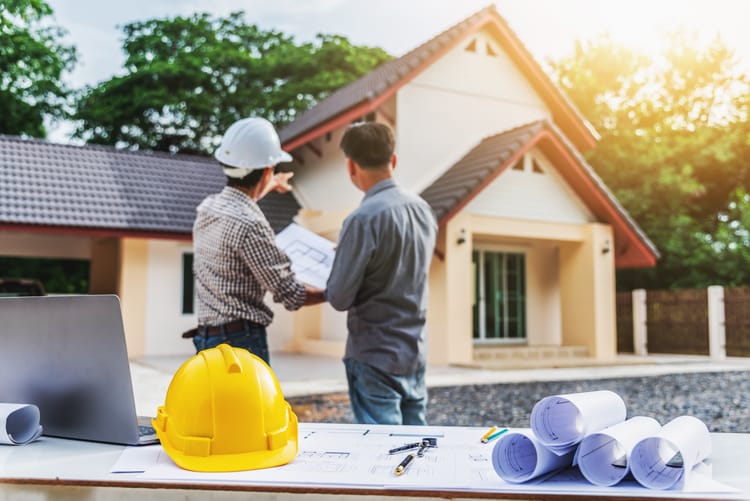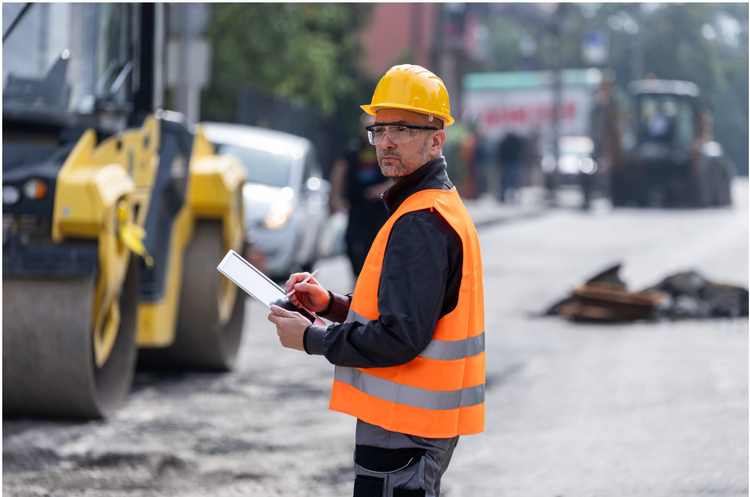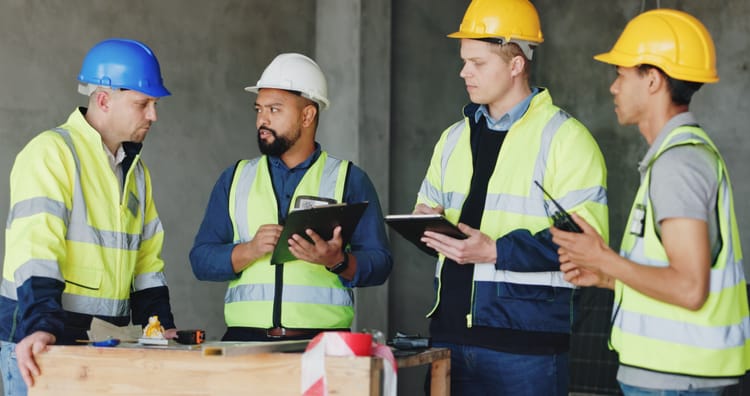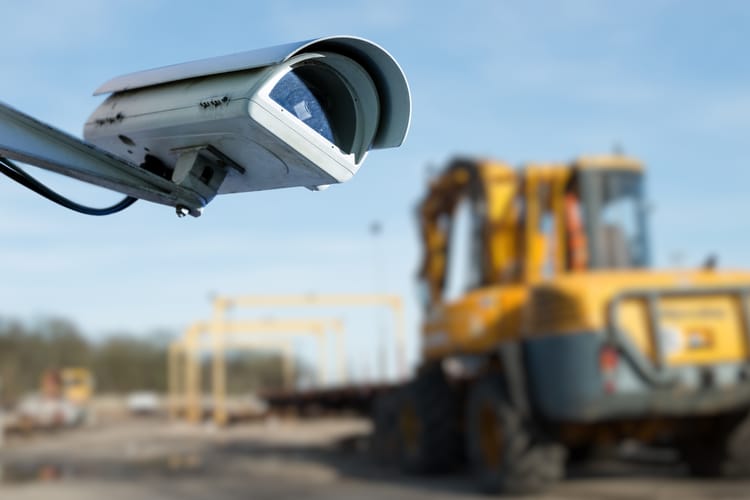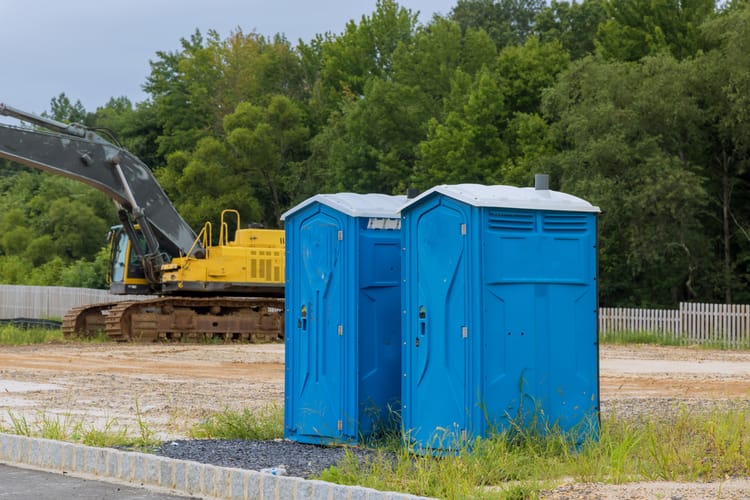Don’t let tariffs stall your pipeline
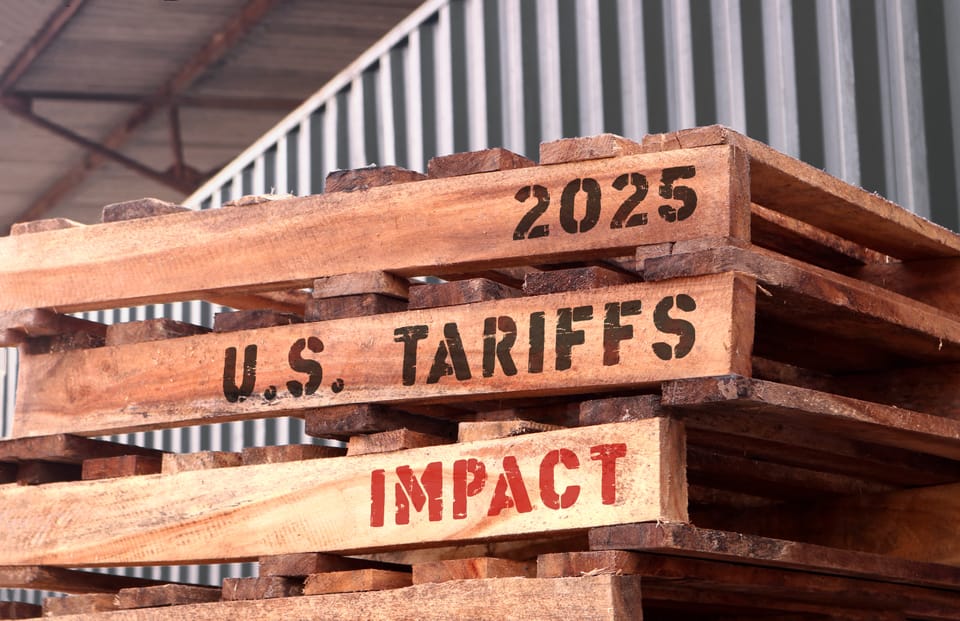
It's challenging to keep up with changes in trade policy, government regulations and economic trends while running your business. In this issue, we help you stay informed with insights from the AGC’s chief economist and a few regulatory updates. But first: Your next pickup truck could be this minimalist ride.

>> Behind the scenes. Philadelphia contractor Sasha Certo-Ware (@GreenBuildingNetwork on YouTube) shows off the latest techniques, products and cost data for green building and remodeling.
>> Pouring out some knowledge. Melissa Leediker of Turquant Builder Services, LLC, stops by the Builders, Budgets, and Beers podcast to chat about the most common and costly errors in construction accounting and how to avoid them.
>> Watch it! Check out this brief video on ladder safety to prevent slip and fall injuries at your worksite.
>> Big building. Get all the information you need to deliver future-proofed and fast-tracked projects at the Advanced Manufacturing Facility Construction Conference 2025. (June 16-18, Nashville)

Contractors brace for economic impacts
Businesses and individuals are preparing for more economic turbulence as President Trump continues his on-again/off-again tariff threats, and some forecasters say we’re heading for a recession. It’s tempting to ignore the news and focus on your projects till the storm passes. However Ken Simonson, chief economist for the Associated General Contractors of America (AGC), disagrees. “Don't think you’re going to be immune to these tariff impacts,” he told AGC of New Mexico members recently. To find out why, we asked Simonson what he’s hearing from contractors and seeing in the trend lines.
What are contractors saying about tariffs?
The nearly constant and extreme changes in tariffs have caused many private owners and public agencies to delay committing to projects until they know the cost and timeline for construction, the cost of their own inputs and how their revenues will be affected. These delays are especially costly for small- and medium-sized contractors, who need steadier cash flow than large firms to cover their labor and fixed costs. Uncertainty over when imported goods will arrive and what tariff rate will apply makes it extremely difficult to price projects.
That’s compounded by how tariffs affect sectors, too, right?
Construction depends more than most industries on imported materials, components and finished goods such as equipment, appliances and furniture. In addition, tariffs and retaliatory actions by U.S. trading partners threaten to be costly for firms in the export chain—growers, food processors, manufacturers, transportation and logistics firms—causing them and their employees to reduce their demand for construction, as well as other purchases.
What other federal moves are you watching?
Deportations pose another threat to contractors. In four states—New Jersey, California, Texas and Maryland—and the District of Columbia, more than half the construction trades workforce was born outside the U.S. One-third of construction craft workers are foreign-born, compared to 18% in the overall workforce. As many as 61% of building construction crafts such as floor, wall, ceiling and roofing workers—the foundation for many small contractors—are, too. Even the rumor that ICE is raiding a nearby workplace has made these workers disappear, whether or not they have legal status to work in the U.S.
Note: To help contractors and others keep up with the latest tariff news, visit the Tariff Resource Center.

Keep crews healthy in the heat
A Workers’ Compensation Research Institute (WCRI) study on heat-related illnesses (HRIs) in the workplace shows that 90% of claims happen when the temperature is 80°F or higher. High humidity is also a contributing factor. Data from the NCCI’s Adverse Weather and Workers’ Compensation Claims indicates that hot and cold temperature extremes can raise workers’ compensation claim rates by 10%, particularly in outdoor industries like construction.
Fortunately, these conditions and the workers' comp claims related to them are largely preventable. You can reduce risk by providing shady outdoor areas and air-conditioned indoor spaces for crews to cool down. Encouraging workers to wear wide-brimmed hats and lightweight and light-colored clothes that fully cover their skin can also help. Finally, keep a supply of fresh water available and remind workers to drink even if they’re not thirsty. (Caution: Be aware that some people with certain conditions, including cardiac disease, shouldn’t drink too much water.)
Why it matters: The American heatwave season lasts 46 days longer than it did 60 years ago, and annual temps are getting higher every year, according to government climate data. That means the risk of HRIs is higher, too. (WCRI)

>> Money Matters: $1B expansion at Churchill Downs scratched
>> Green Grumbling: Denver’s BP rules raise ire
>> Notable News: Nonresidential contractors added jobs last month
>> Construction Curriculum: Virginia Tech launches safety major

Dark-sky lighting gaining popularity
Get ready for increased demand for night-friendly lighting as more cities and towns promote the practice via public outreach and ordinances. Just last month, Fairfax City, Va., ran a week-long responsible nighttime lighting campaign, and the Palo Alto Town Council considered a dark-sky ordinance.
What is responsible outdoor lighting? According to Dark Sky International, it’s exterior light sources installed where needed that point downward and come on only when necessary. The bulbs should be warm in hue (not cool and blue) and as dim as functionally possible.
Following these practices reduces light pollution, limits energy use and improves public health and safety. It’s good for wildlife, too.
Why it matters: At least 19 states, the District of Columbia and Puerto Rico have dark-skies laws on the books and another 17 are considering regulation. Contractors who adopt the principles are better able to meet customer demand and compete for more new construction, renovation and retrofit contracts. (Patch)
Federal stormwater regs expanded
Last month, the EPA updated the 2022 Construction General Permit (CGP) to include construction projects in Lands of Exclusive Federal Jurisdiction, such as national parks, military bases and other federal properties. The new rule is applicable to all EPA Regions except 1 and 3, which were granted more time to implement the modifications. The agency published an updated FAQ with all the details. The revision could also affect regulations in states that have modeled their CGPs after the federal government’s.
Why it matters: Stormwater from construction projects is watched closely by environmental groups who regularly report violations. The consequences for your business can be serious—including fines, penalties and public relations problems—so it pays to stay current. If you’re unsure, contact your attorney or local stormwater authority for the latest in local, state and federal regulations. (BDLaw.com)

- Get certified! Advance your career with a certificate in civil sitework construction from San Diego State University’s online learning division.
- Pros know. You don’t have time to try every new tool on the market, but these guys do. Watch reviews by real contractors at Pro Tool Reviews before your next purchase.
- Be prepared. If you’re a Millennial or GenZ’er in construction who's aiming for a leadership position, grab this new book by Amanda Litman that’s full of lessons learned, tactics and practical advice.
Thanks for reading today's edition! You can reach the newsletter team at thelevel@mynewsletter.co. We enjoy hearing from you.
Interested in advertising? Email us at newslettersales@mvfglobal.com
Was this email forwarded to you? Sign up here to get this newsletter once a week.
The Level is written by Margot Lester and edited by Bianca Prieto.

